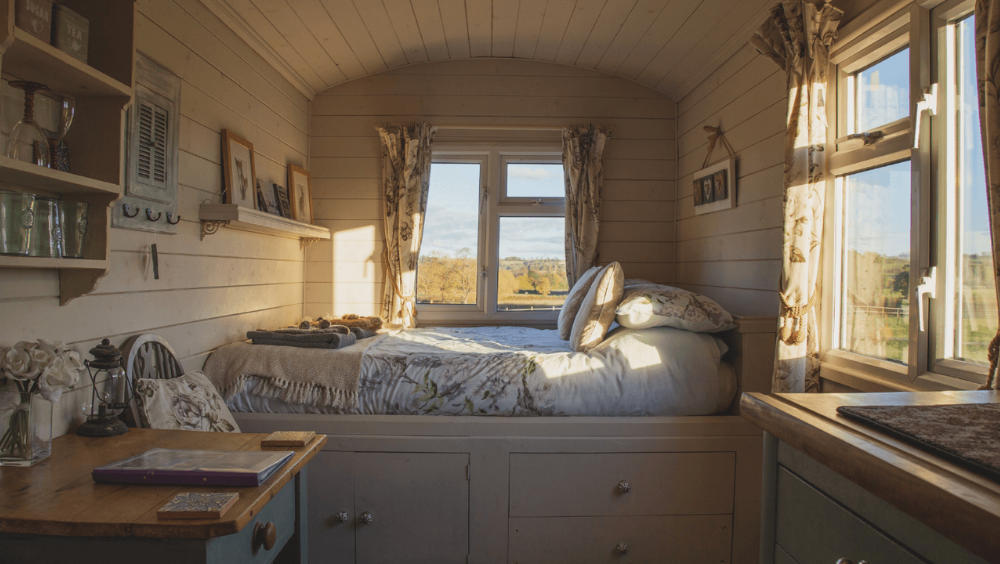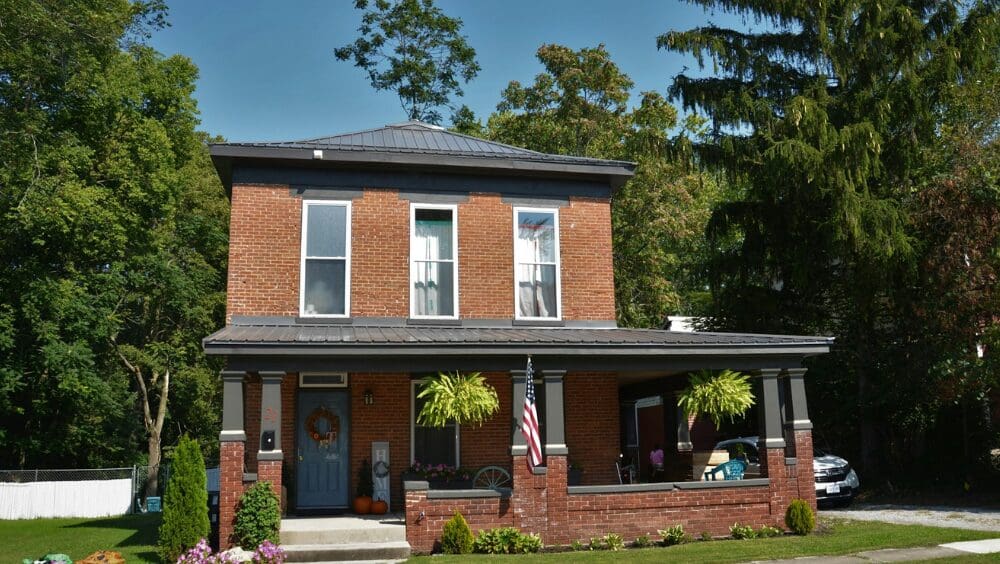
You have too much stuff and a lot of space begging to be filled with more clutter. You crave simplicity, you crave a more minimal way of living, you crave something tiny. Downsizing to a tiny house can feel like the light at the end of a 3,000-square-foot tunnel. It’s a life-changing commitment to minimalism. The market for tiny homes is expected to grow by 4.88% annually between 2022 and 2027, with North America expected to contribute 57% of growth in tiny homes worldwide by 2027. Let’s be honest: Americans are not racing to abandon the comforts of big living. The average U.S. home takes up more than 2,400 square feet, and only 1% of homes purchased are 1,000 square feet or less. But if you want to break free from the chains of single-use appliances and the obligations of big house living, tiny houses make life simpler and even a little less daunting. However, there are downfalls to extreme downsizing. As the name implies, tiny homes are incredibly small and not always feasible for families or people who require a lot of space or storage. “The tiny life doesn’t involve packing 2,000 square feet of stuff into a 200 square foot structure. It is about downsizing your material so you can downsize your requirements,” says Andrew Odom, a writer who adopted the tiny living lifestyle. According to Alex Lehr, a top-five agent in Redwood City, CA, the most challenging part about downsizing is that it’s an emotional process. “The majority of it is sorting, physically and emotionally,” he explains. You’re not just tossing out random stuff but objects with memories attached to them. “That’s what slows down the process,” he says. “Reliving memories.” Take stock of what you have. Create an inventory so you can see redundancies and inefficiencies. You can also start making notes on what you currently don’t use and things that can be replaced with smaller or multi-use items. Learning how to declutter effectively is essential. Fitting your wardrobe into a tiny home is a big challenge for many who have made this transition. If you want to decrease the size of your closet, try Project 333, a minimalist fashion challenge that asks people to wear just 33 items over three months. The stuff you don’t wear? Donate it. Or give yourself a capsule wardrobe, 20 to 40 flexible and timeless items that can be mixed and matched. Tiny home dwellers love to document their lifestyle (there are dozens of tiny home blogs), so there is plenty of advice about downsizing and enjoying a little home life. We’ve pulled some handy tips and tricks from some of them.Benefits and Drawbacks of Downsizing to a Tiny House
Perks of Tiny Home Living
Be Prepared to Make Sacrifices
You’re Ready to Downsize to a Tiny Home, Now What?
Insider Downsizing Tips Straight From Tiny House Dwellers



